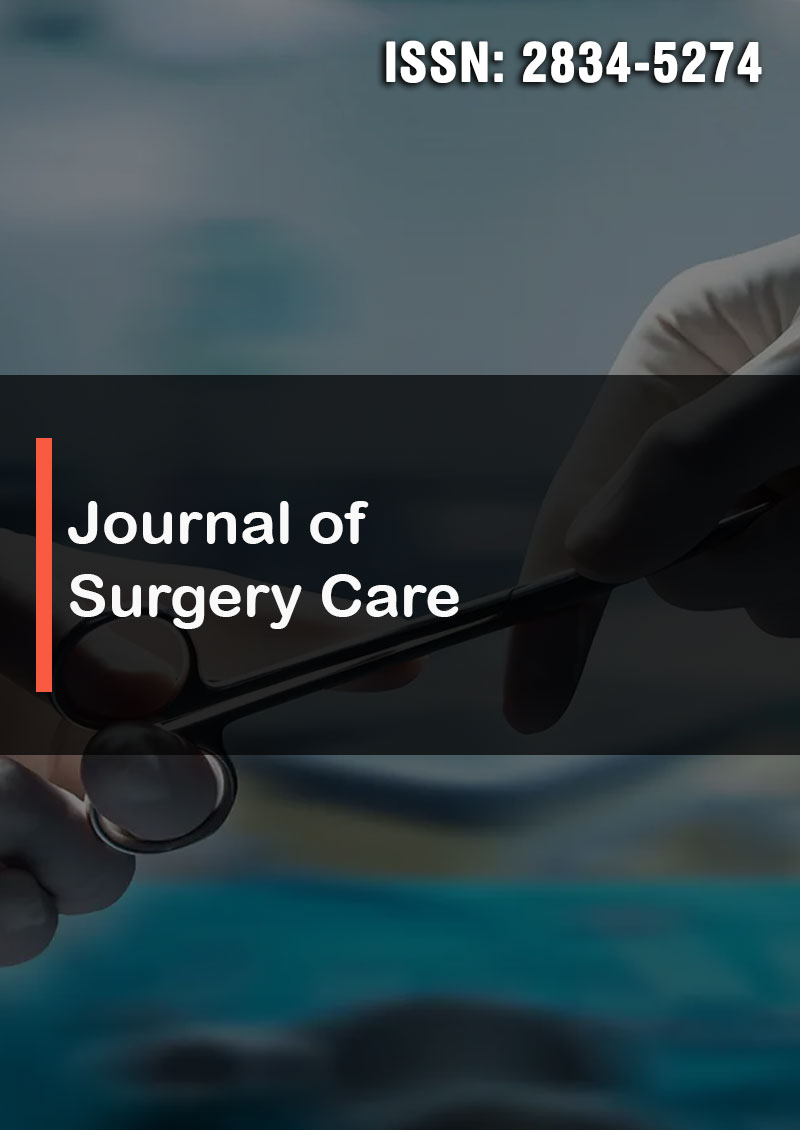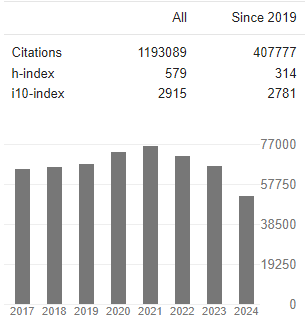Telemedicine in Postoperative Follow-Up Care After Major Elective Gynaecological Surgery in Low Resource Setting: A Feasibility Study
Abstract
Aastha Chaurasia, Kiran Guleria, Khan Amir Maroof, Richa Sharma and Alpana Singh
Objectives: To assess the feasibility of ‘Tele-health Postoperative follow-up care Model’ in terms of provider, process and service recipient and to identify barriers, facilitators, robustness, safety and acceptability of the model.
Design: Feasibility Study
Setting: UCMS and GTB Hospital, Delhi, India
Population: Patients admitted in gynaecology ward for major elective gynaecological surgery
Methods: Women undergoing major elective gynaecological surgery from May 2023 to November 2024 were enrolled for follow-up using a telehealth model, consisting of virtual visits on days 7, 14, and 30, and a physical visit on day 42. Participants completed Modified Quality of Recovery-15 (QoR-15) forms and satisfaction questionnaires.
Main Outcome Measures: Feasibility of telemedicine follow-up (virtual vs. physical visits), provider and recipient satisfaction scores, technological performance, barriers (connectivity issues, missed appointments), facilitators (time and cost savings), efficacy (successful care delivery, complications), safety, and acceptability (adherence, satisfaction, costs).
Results: It was feasible to complete the ‘model’ follow-up in 60 patients with average number of 3.03 ± 0.18 virtual visits & 1.17 ± 0.41 physical visits respectively. Patient satisfaction was scored at (4.81/5) while provider satisfaction ranged from 4.73 to 4.95/5 through this model. In addition, patients saved on an average 205 minutes and 343.50 INR. Complications were encountered in 13.3% cases; majority managed successfully. 88.30% patients preferred a similar follow-up telehealth model in future. Modified QoR-15 score progressively increased throughout visits.
Conclusion: Tele-health post-operative follow-up care model can be used as an upgradation to the existing postoperative services, even in low resource settings.





